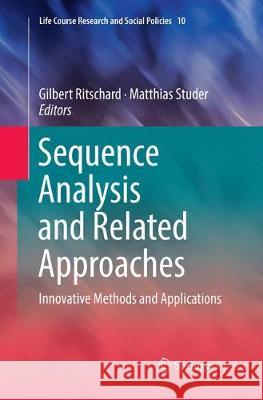Sequence Analysis and Related Approaches: Innovative Methods and Applications » książka
topmenu
Sequence Analysis and Related Approaches: Innovative Methods and Applications
ISBN-13: 9783030070342 / Angielski / Miękka / 2019 / 298 str.
Kategorie:
Kategorie BISAC:
Wydawca:
Springer
Seria wydawnicza:
Język:
Angielski
ISBN-13:
9783030070342
Rok wydania:
2019
Dostępne języki:
Numer serii:
000450909
Ilość stron:
298
Oprawa:
Miękka











